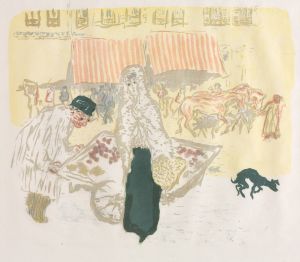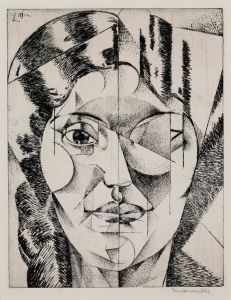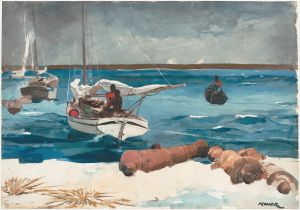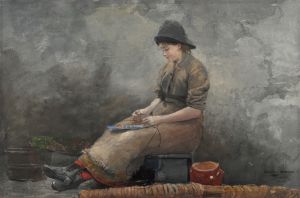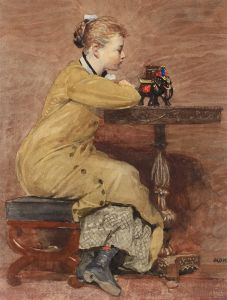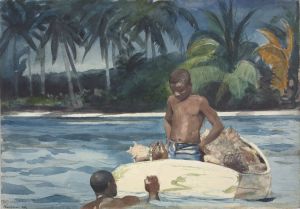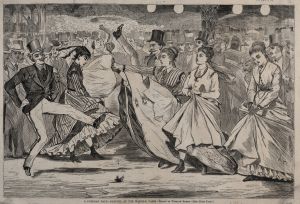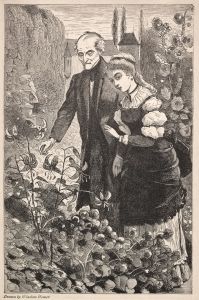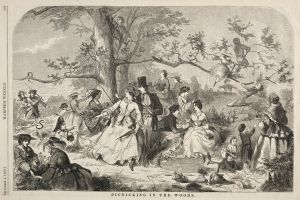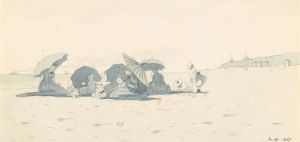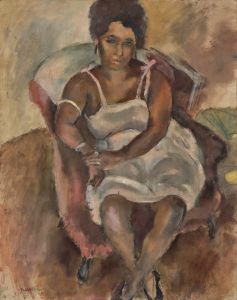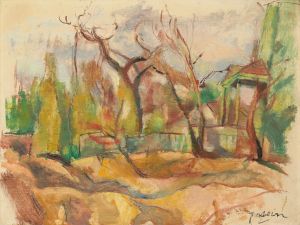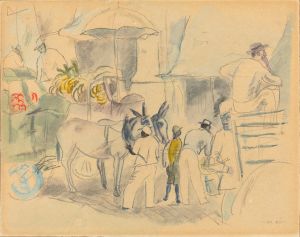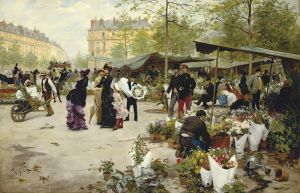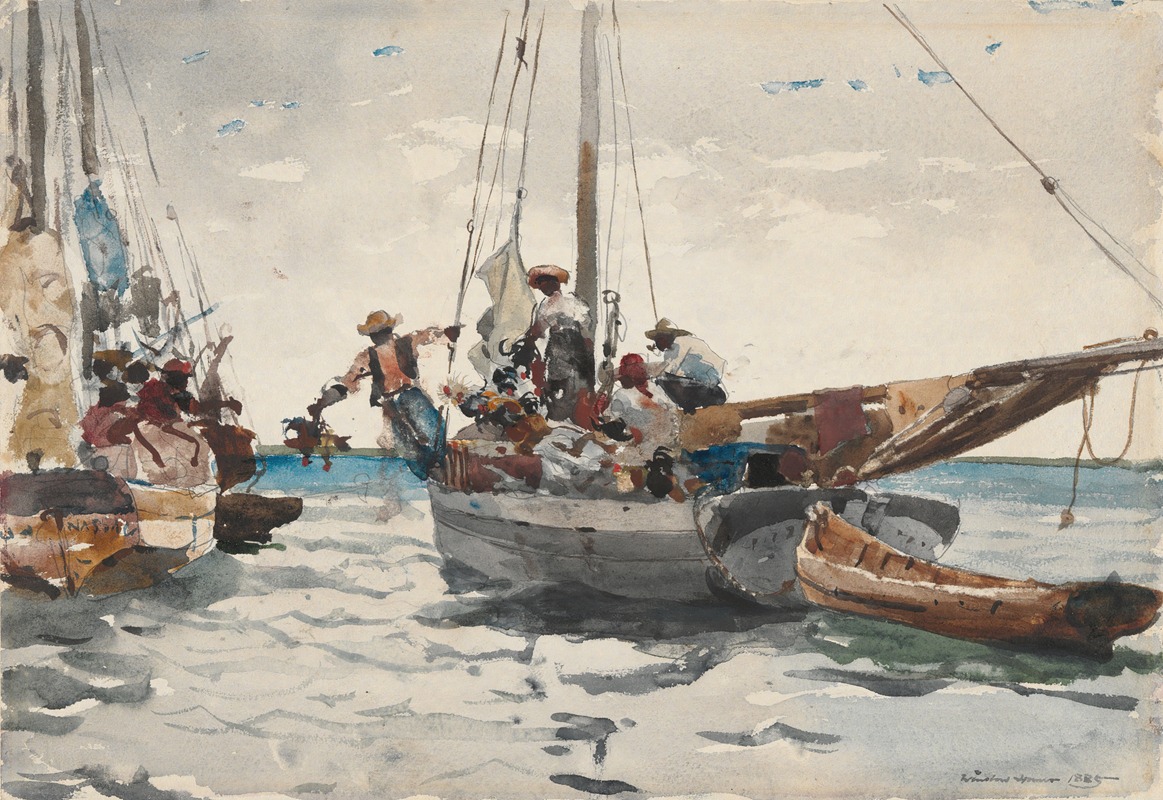
Market Scene, Nassau
A hand-painted replica of Winslow Homer’s masterpiece Market Scene, Nassau, meticulously crafted by professional artists to capture the true essence of the original. Each piece is created with museum-quality canvas and rare mineral pigments, carefully painted by experienced artists with delicate brushstrokes and rich, layered colors to perfectly recreate the texture of the original artwork. Unlike machine-printed reproductions, this hand-painted version brings the painting to life, infused with the artist’s emotions and skill in every stroke. Whether for personal collection or home decoration, it instantly elevates the artistic atmosphere of any space.
"Market Scene, Nassau" is a watercolor painting by the American artist Winslow Homer, created in 1898. Homer, known for his powerful and emotive depictions of American life and landscapes, ventured into the Caribbean during the late 19th century, where he produced a series of works capturing the vibrant life and scenery of the region. This particular painting is part of that series and reflects Homer's keen interest in the everyday activities and cultural settings he encountered during his travels.
The painting depicts a bustling market scene in Nassau, the capital of the Bahamas. Homer was drawn to the vivid colors and dynamic atmosphere of the Caribbean, and "Market Scene, Nassau" exemplifies his ability to capture the essence of a place through his use of watercolor. The medium allowed Homer to experiment with light and color, creating a lively and engaging scene that draws the viewer into the market's energy.
In "Market Scene, Nassau," Homer portrays a group of people engaged in various activities typical of a market setting. The figures are depicted with a sense of movement and purpose, reflecting the busy nature of the marketplace. The composition is balanced, with figures and market goods arranged in a way that guides the viewer's eye throughout the scene. Homer's use of watercolor is particularly effective in this work, as it allows for a fluidity and transparency that enhances the tropical light and vibrant colors of the setting.
Homer's time in the Caribbean was part of a broader trend among American artists of the period who sought inspiration outside the United States. His works from this period are noted for their departure from the more somber tones of his earlier Civil War and post-war paintings. Instead, they embrace a lighter palette and a focus on leisure and daily life, reflecting both the physical environment of the Caribbean and a shift in Homer's artistic focus.
"Market Scene, Nassau" is significant not only for its artistic qualities but also for its cultural and historical context. It provides a glimpse into the life and environment of Nassau at the turn of the 20th century, offering insights into the social and economic activities of the time. Homer's depiction of the market is both a document of a specific place and time and a testament to his skill as an observer and artist.
Today, Winslow Homer is celebrated as one of America's foremost painters, and his Caribbean works, including "Market Scene, Nassau," continue to be studied and admired for their technical mastery and cultural significance. The painting remains an important part of Homer's oeuvre, illustrating his ability to capture the spirit of a place with sensitivity and precision.





